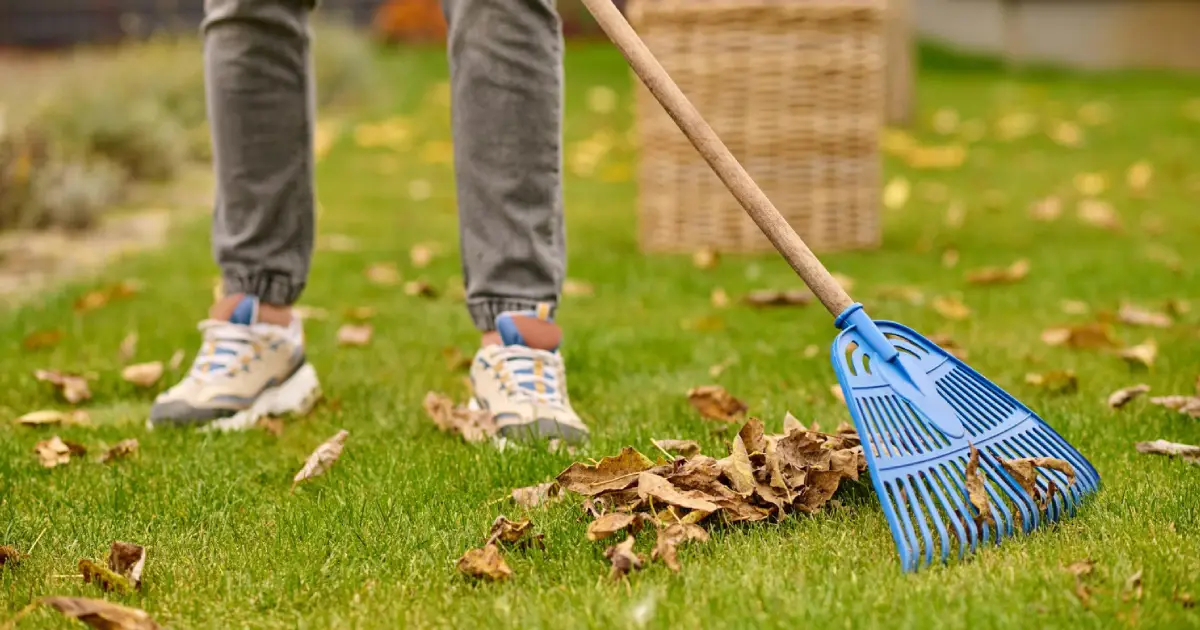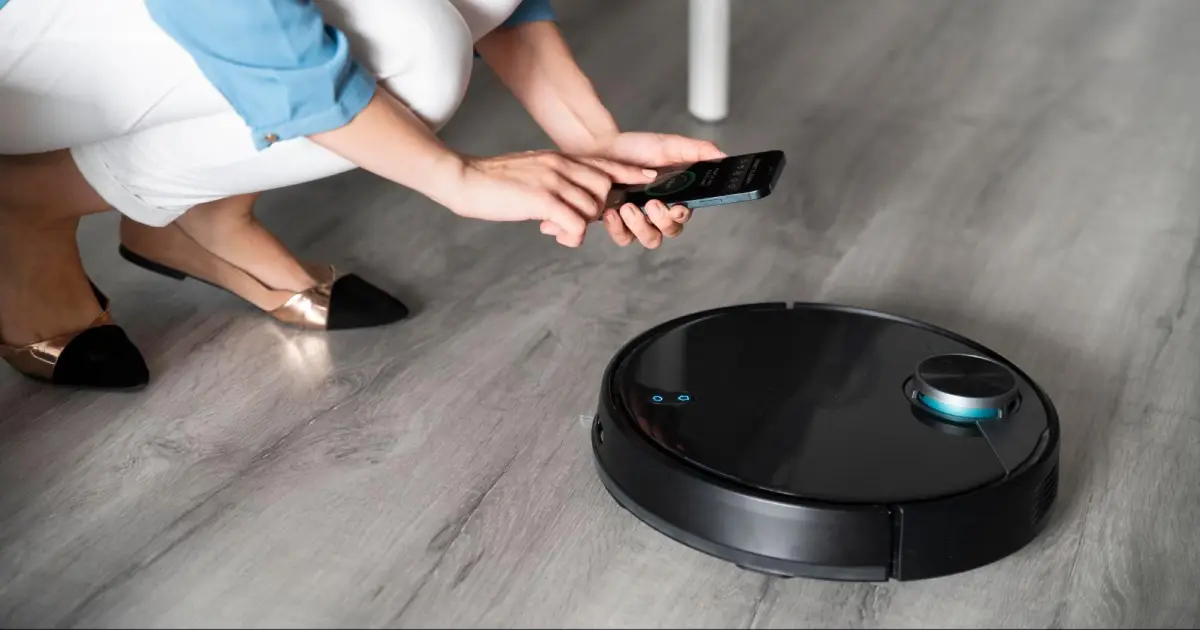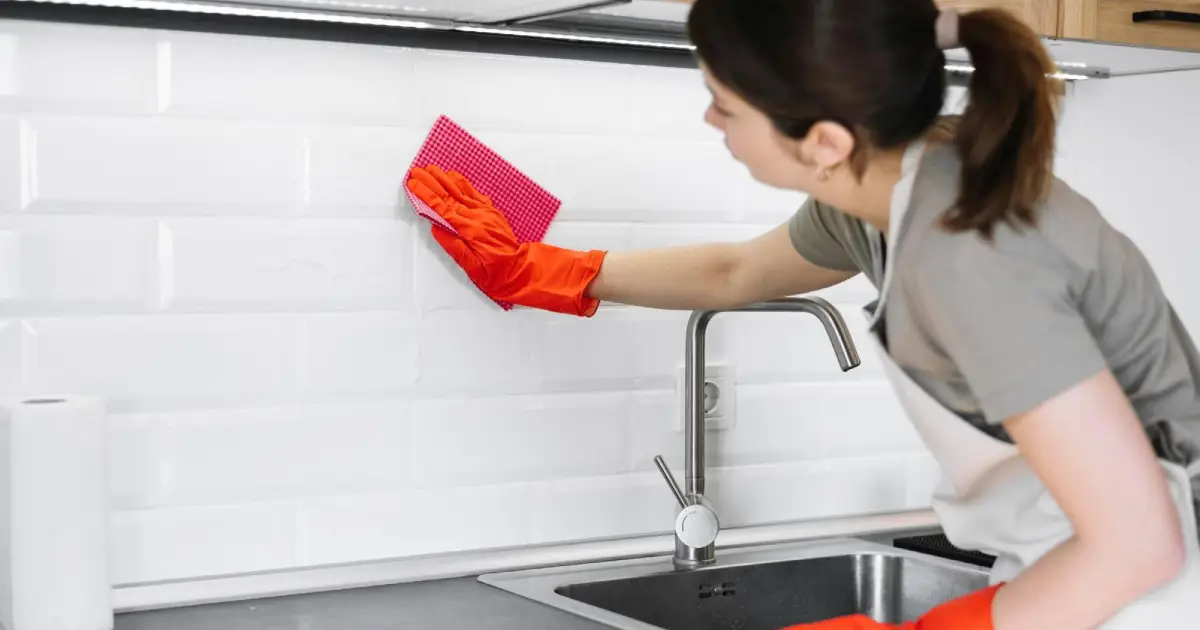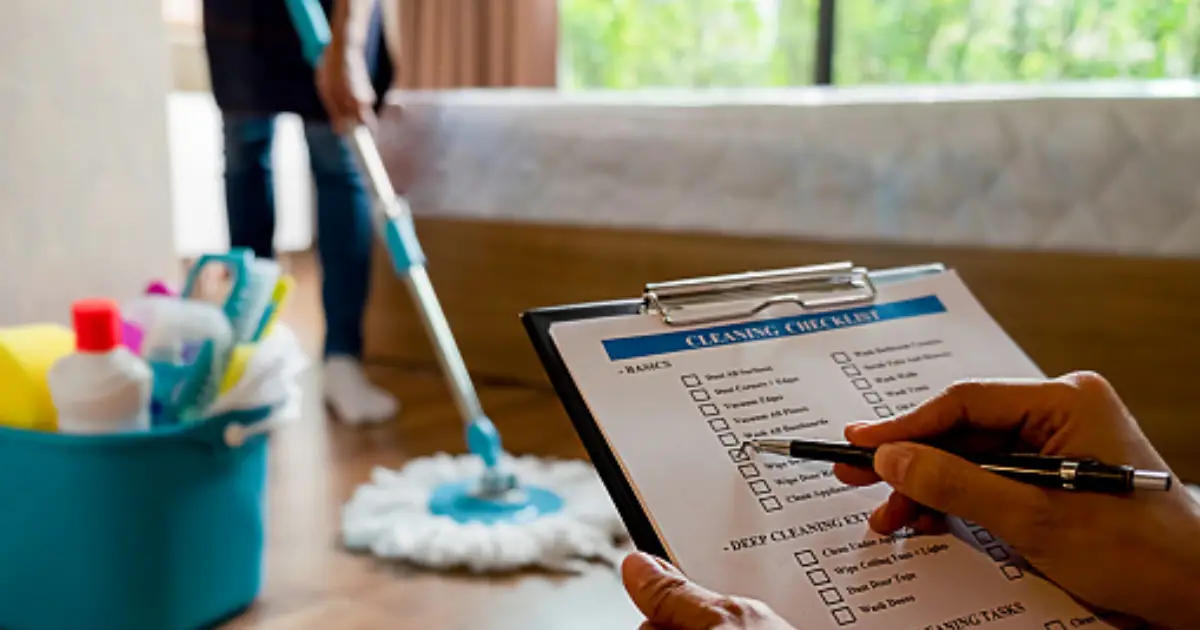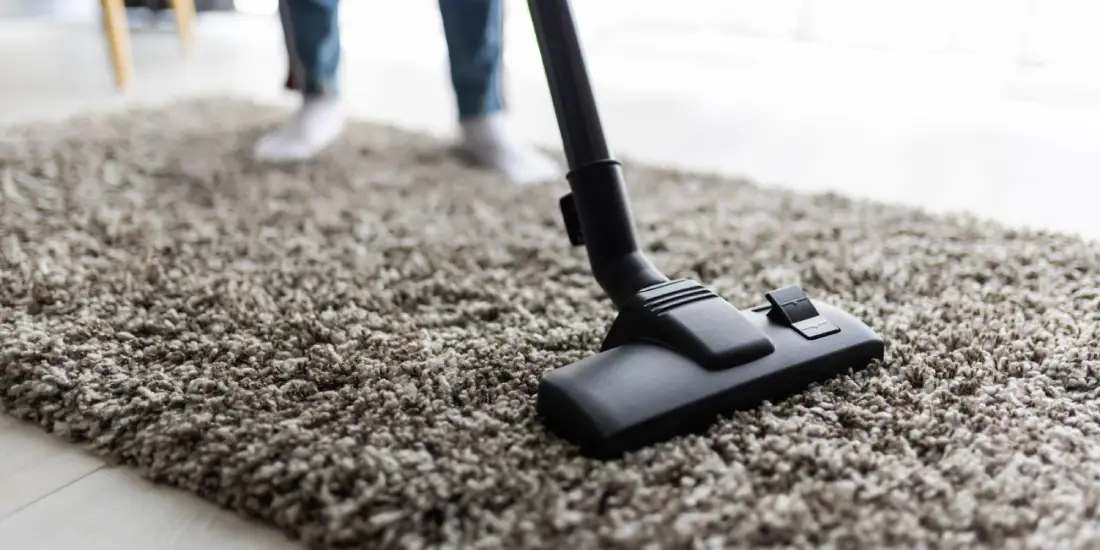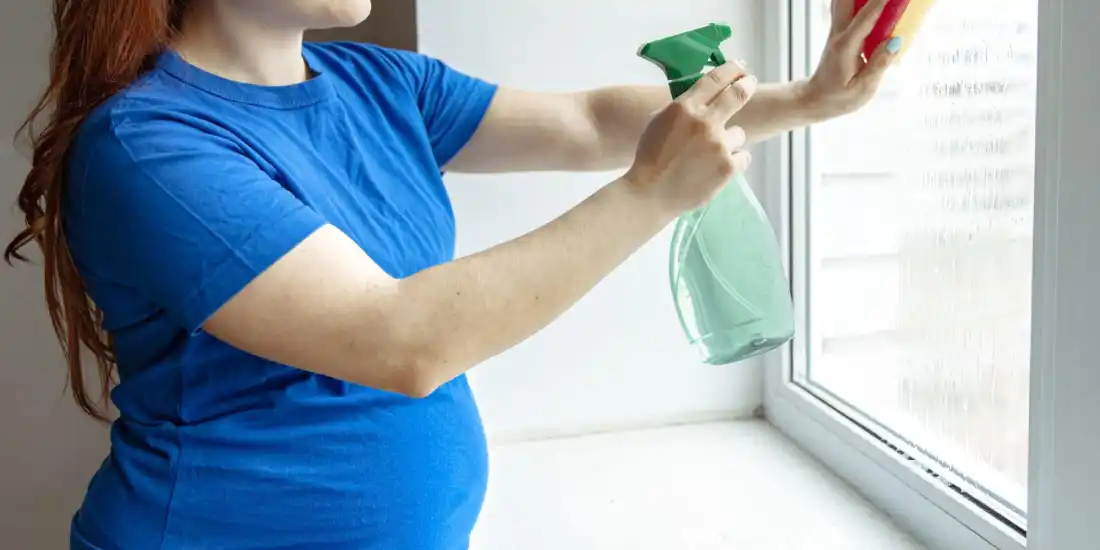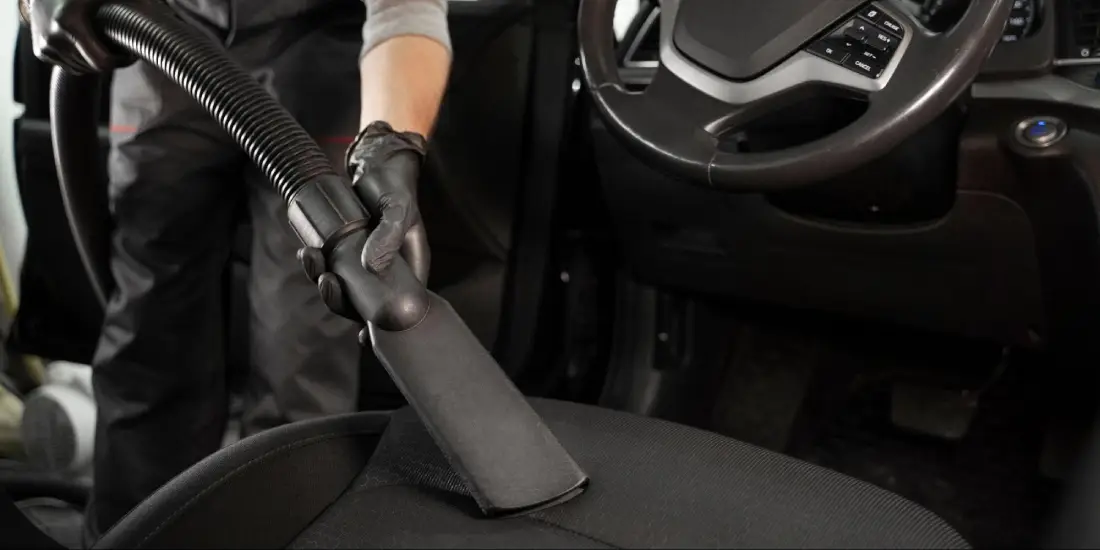
- Introduction
- Importance of Cleaning Floor Grout
- Grout maintenance vs. Grout replacement
- Health implications of mold
- Reasons Behind Dirty Tile Grout
- Grout Cleaning: A Step-by-Step Guide
- Maintaining Your Tile Grout
- Why Consider Professional Cleaning Services?
Grout is the material that fills the spaces between tiles. It is essential for keeping tiles in place and preventing water and dirt from seeping through. However, grout is also porous and can easily absorb dirt and stains over time. This can make grout look dirty and dingy, and it can also attract mold and mildew
Importance of Cleaning Floor Grout
- Improved appearance: Grout maintenance can help to improve the overall appearance of tiles. Clean, bright grout makes tiles look newer and more polished.
- Prolonged lifespan: Grout maintenance can help prolong the lifespan of tiles. By preventing dirt and stains from absorbing into grout, you can help prevent grout from cracking and crumbling. This can help to keep tiles in place and prevent them from loosening.
- Reduced risk of mold and mildew: Grout maintenance can help to reduce the risk of mold and mildew growth. Mold and mildew can thrive in damp, dark environments, and grout is a perfect breeding ground for these microorganisms. By regularly cleaning and sealing grout, you can help prevent mold and mildew from growing.
Grout maintenance vs. Grout replacement
Regular Grout Maintenance
- Involves cleaning and sealing existing grout.
- Cost-effective, with affordable cleaning products and sealants.
- Requires less time and effort than grout replacement.
- Extends grout life and prevents further damage.
- Prevents mold and keeps grout looking clean.
Grout Replacement
- Involves removing old grout and applying new grout.
- More expensive due to labor, materials, and new grout.
- Time-consuming and labor-intensive.
- Necessary for severely damaged or discolored grout.
- Opportunity to change color or style for improved aesthetics.
Regular grout maintenance is significantly more cost-effective than grout replacement. The average cost of grout maintenance is around $1-$2 per square foot, while the average cost of grout replacement is around $5-$10 per square foot.
In addition, regular grout maintenance can help to prolong the lifespan of your tiles, which can save you money in the long run. Tiles that are properly maintained can last for many decades, while tiles with damaged or neglected grout may need to be replaced within a few years.
Health implications of mold
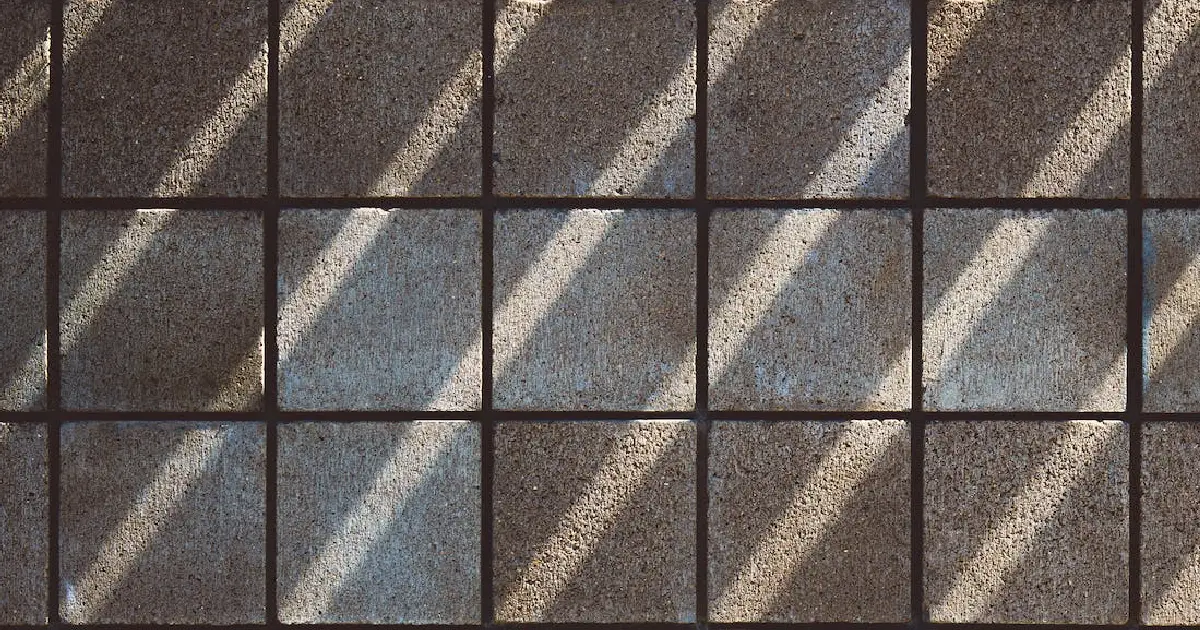
Mold and mildew can grow in grout when it is exposed to moisture, which is common in bathrooms and kitchens. The health implications of mold in grout can be significant, especially for individuals with respiratory issues, allergies, or compromised immune systems. Here are some potential health concerns associated with mold in grout:
Respiratory Problems: Mold spores can become airborne and be inhaled, potentially causing or exacerbating respiratory issues like asthma and allergies.
Allergic Reactions: Mold can trigger allergic reactions in sensitive individuals, leading to symptoms such as sneezing, coughing, congestion, and skin rashes.
Irritation: Mold exposure can cause eye, throat, and skin irritation, particularly if the mold spores come into contact with these areas.
Fungal Infections: Prolonged exposure to mold in grout can increase the risk of fungal infections in susceptible individuals.
Aggravation of Existing Health Conditions: Mold can worsen symptoms for individuals with pre-existing health conditions, making it important to address the issue promptly.
Reasons Behind Dirty Tile Grout
The Foot Traffic Factor
Let's face it: our homes are alive with activity. Whether it's kids, pets, or just everyday comings and goings, foot traffic is a significant contributor to grout discoloration. Over time, the friction from shoes, sandals, and paws can wear down and abrade the grout's surface, making it more susceptible to staining. That's why high-traffic areas like entryways and kitchens often bear the brunt of grout wear and tear.
Bathrooms and Beyond
Next is moisture, the mortal enemy of grout. The bathrooms are the main offenders here, with steamy showers and splashes turning grout into a prime place for mold and mildew to grow. But it's not just bathrooms; kitchens, laundry rooms, and any area exposed to moisture are at risk.
The answer is to keep everything dry! Use a squeegee on the shower walls and floor after using the restroom to remove any remaining water. Immediately clean up spills in the kitchen. Additionally, consider sealing your grout regularly to create a protective barrier against moisture intrusion.
Mopping Missteps
Let us now discuss cleaning practices. It is a common misconception that simply mopping your grout will keep it spotless. Vacuuming or sweeping, however, is a crucial step that is frequently neglected. Without first clearing away any loose dirt or debris, mopping essentially forces these materials deeper into the grout lines. Your grout becomes even dirtier than before as a result of the dirt that the water evaporates and leaves behind.
Grout Cleaning: A Step-by-Step Guide
1. Pre-Cleaning Measures: Setting the Stage
Before you begin, you must prepare your tiles and grout lines for effective cleaning. To clear the surface of loose dirt and debris, grab a broom or vacuum. This first step makes sure that the grout, rather than surface dirt, is the target of your cleaning efforts.
2. Hydrogen Peroxide and Baking Soda Method (Tile Joint Cleaning)
Ingredients:
- # Hydrogen Peroxide
- # Baking Soda
- # A small brush or an old toothbrush
- # Spray bottle
a. Mix a paste: In a bowl, combine hydrogen peroxide and baking soda to create a paste with a toothpaste-like consistency.
b. Application: Apply the paste directly onto the grout lines, ensuring they are well-covered.
c. Let it sit: Allow the mixture to sit for 10-15 minutes. During this time, it will work its magic, breaking down grime and stains.
d. Scrub gently: Use an old toothbrush or a small brush to scrub the grout lines. You won't need much effort here; the paste does the heavy lifting.
e. Rinse: Spray the area with water and wipe it clean with a damp cloth or mop.
3. Natural Cleaning with White Vinegar and Lemons
Ingredients:
- # White vinegar
- # Lemon juice
- # Water
a. Mix your solution: In a spray bottle, combine equal parts white vinegar and water. Add a few drops of lemon juice for a fresh scent.
b. Application: Spray the solution directly onto the grout lines.
c. Dwell time: Allow the mixture to sit for about 5-10 minutes. For stubborn stains, gentle scrubbing with a soft brush might be necessary.
d. Rinse: Wipe the area clean with a damp cloth or mop.
4. Oxygen Bleach for Instant Grout Whitening
Ingredients:
- # Oxygen bleach (like OxiClean)
- # Water
- # Protective gloves and eye protection
a. Dilute the bleach: Follow the manufacturer's instructions to create a solution by mixing oxygen bleach with water.
b. Application: Apply the solution to the grout lines using a sponge or mop. Be sure to wear protective gear to avoid contact with your skin and eyes.
c. Wait it out: Let the solution sit for the recommended time (usually 10-15 minutes).
d. Rinse thoroughly: Rinse the area with water to remove any residual bleach.
Maintaining Your Tile Grout
Benefits of Grout Sealing: Applying a grout sealer every year or so helps prolong cleanliness by creating a protective barrier against moisture and stains. This step is particularly important in bathrooms.
Importance of Regular Tile Line Cleaning and Grout Care: Regularly clean the entire tiled surface, not just the grout lines. This helps prevent dirt and grime from accumulating on the grout.
Professional Recommendations for Grout Maintenance: Professionals often recommend using a pH-neutral cleaner for regular cleaning to avoid damaging the grout. Additionally, they suggest resealing grout as needed and addressing any cracks or damage promptly to prevent further issues.
Why Consider Professional Cleaning Services?
Professional grout cleaners have special tools and equipment that can remove tough stains and clean grout without damaging it. This can save you time and hassle, as cleaning grout can be a time-consuming and messy job. Professional grout cleaners can remove a wide variety of stains, including:
- Food and drink stains
- Hard water stains
- Soap scum stains
- Oil and grease stains
- Mold and mildew stains
Your tiles and grout are like the skin of your home. They deserve to be pampered and cared for to keep them looking and feeling their best. Just as you wouldn't want to leave your skin dry and cracked, you shouldn't let your tiles and grout become dirty and discolored.
So next time you're cleaning your home, take a few extra minutes to give your tiles and grout the TLC they need. And if you're feeling overwhelmed, don't be afraid to call in a professional. They can help you get your tiles and grout looking their best, so you can enjoy your home for years to come. To make cleaning your grout more enjoyable, try adding a few drops of your favorite essential oil to your cleaning solution. This will give your grout a fresh, clean scent, and it may even help to repel dirt and stains.

Professional Cleaning Services in Gold Coast
book now
Recent Posts
-
![Comprehensive Guide to Bond Cleaning with Ozclean]()
A Comprehensive Guide to Bond Cleaning with Ozclean
January 18, 2024
Admin
-
![blog-thumbnail]()
-
![blog-thumbnail]()
The Complete Guide to Dog Hair Removal from Office Carpets
December 28, 2023
Admin
-
![blog-thumbnail]()
Winter Cleaning Tips For Outdoor Spaces
August 03, 2023
Admin
-
![blog-thumbnail]()
Robotic Vacuums: Advantages And Disadvantages
April 14, 2023
Admin
-
![blog thumbnail]()
Tips For Cleaning Your Kitchen Efficiently And Effectively
March 30, 2023
Admin
-
![blog-thumbnail]()
Room-by-Room Cleaning Checklists for an Efficient Clean
March 08, 2023
Admin
-
![blog-thumbnail]()
Effective Ways To Remove Rust Stains From Bathtub
January 31, 2022
Admin
-
![blog-thumbnail]()
5 Effective Carpet Cleaning Hacks
January 10, 2022
Admin
-
![blog-thumbnail]()
5 Cleaning Tips For Pregnant Ladies
December 27, 2022
Admin
-
![blog-thumbnail]()
6 Tips To Choose The Ideal Vacuum Cleaner For Your Car
December 13, 2022
Admin
-
![blog-thumbnail]()
5 Benefits When You Chose Professional Roof Cleaning
May 03, 2022
Admin



